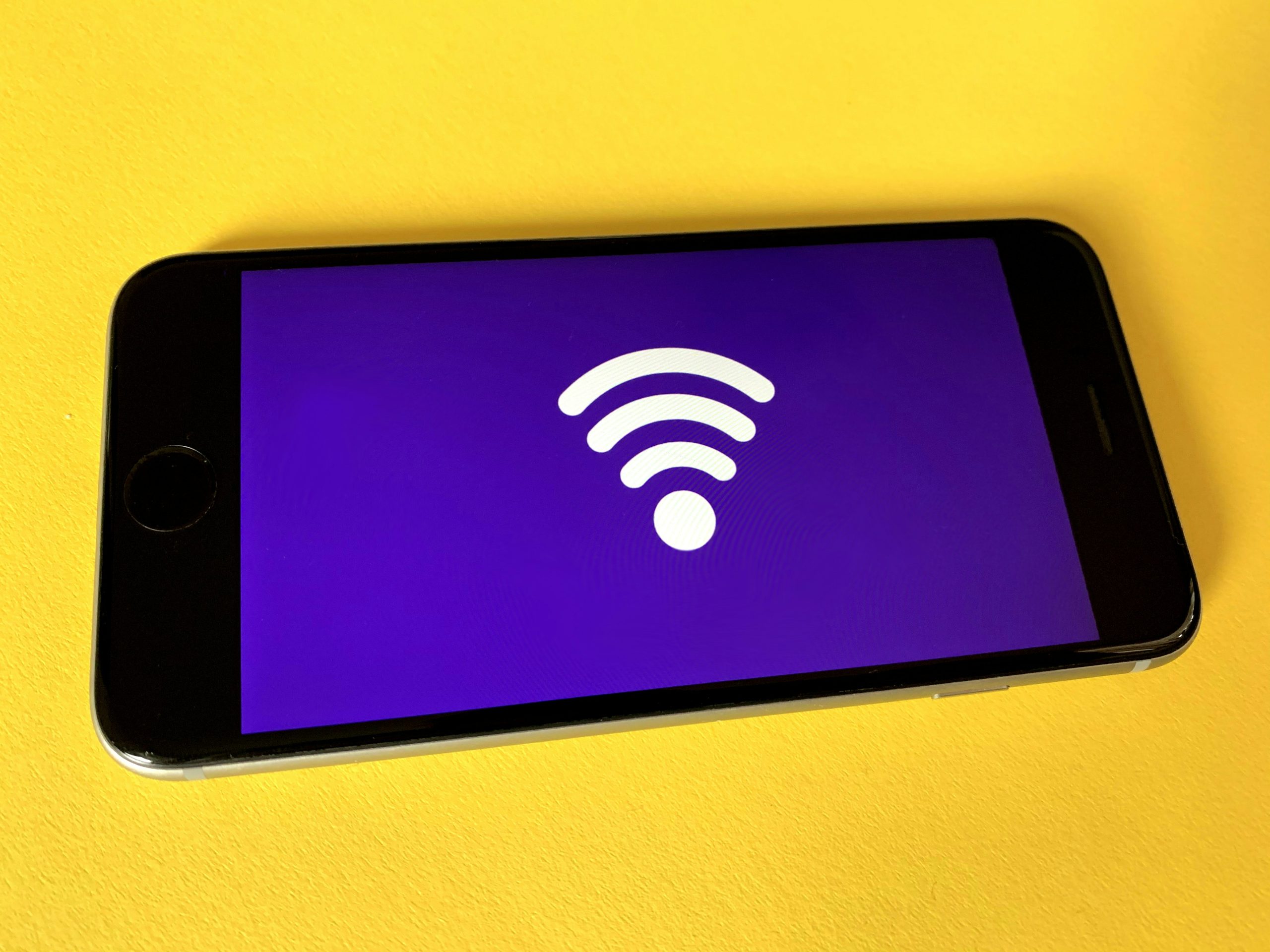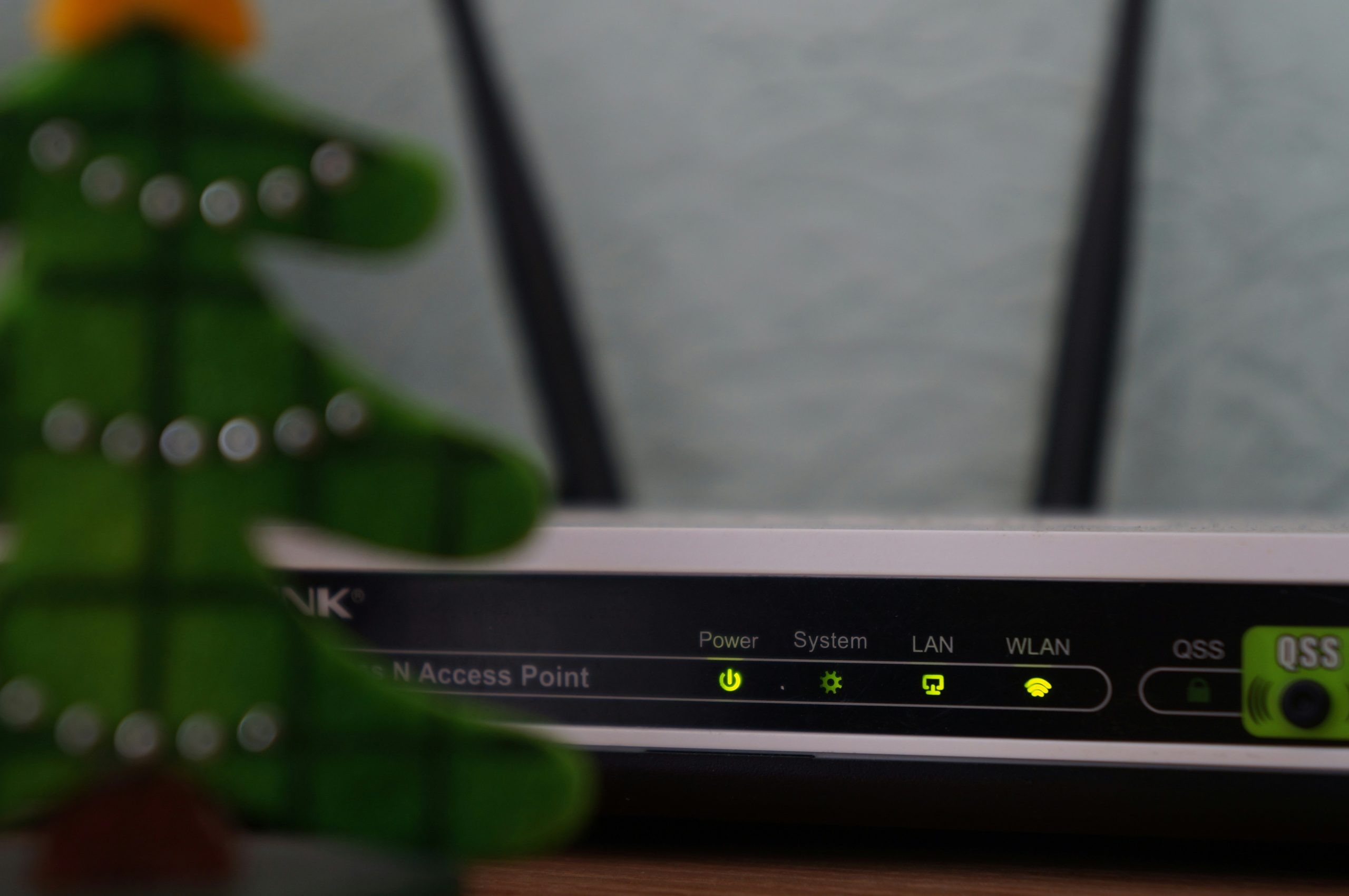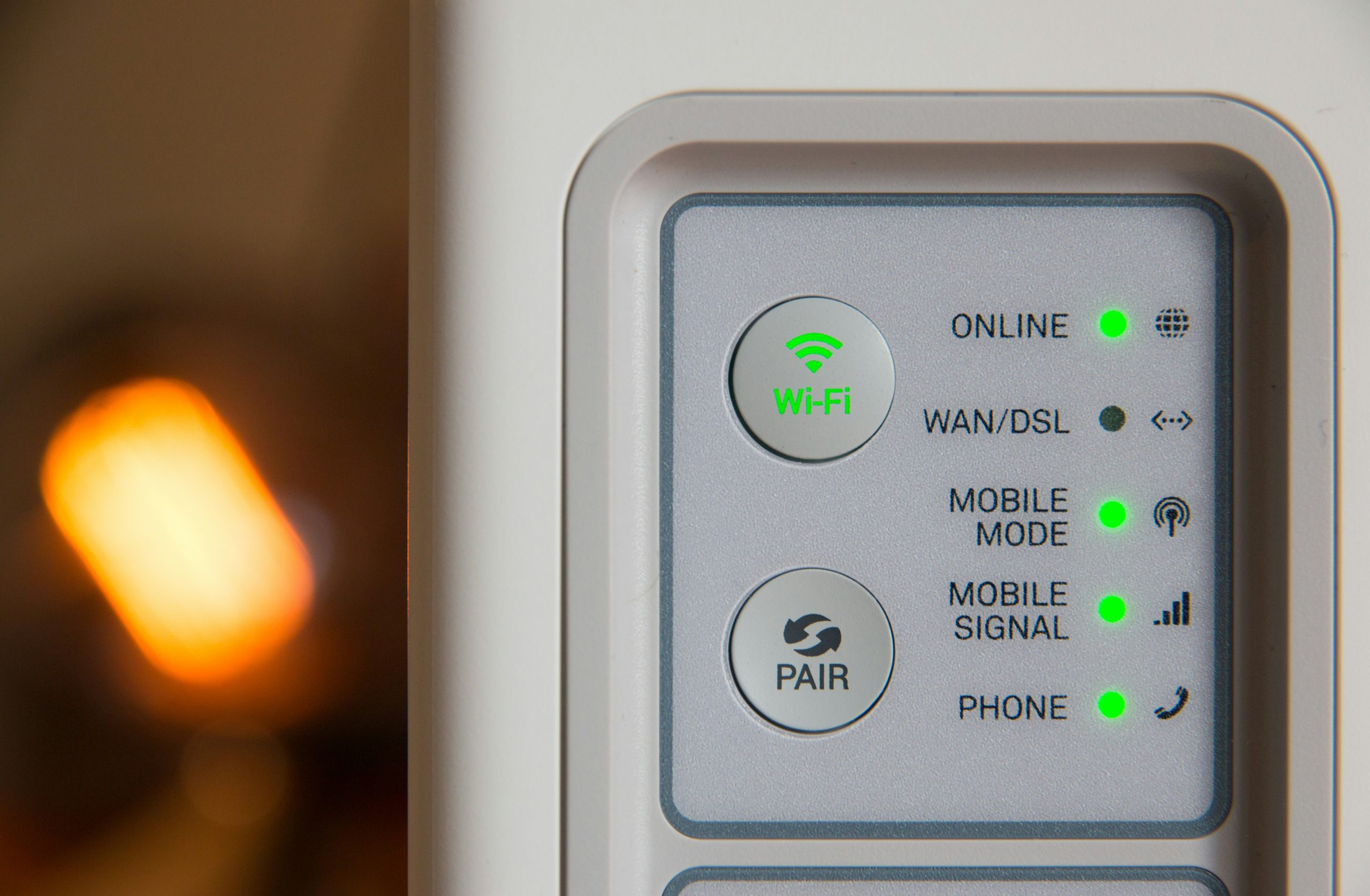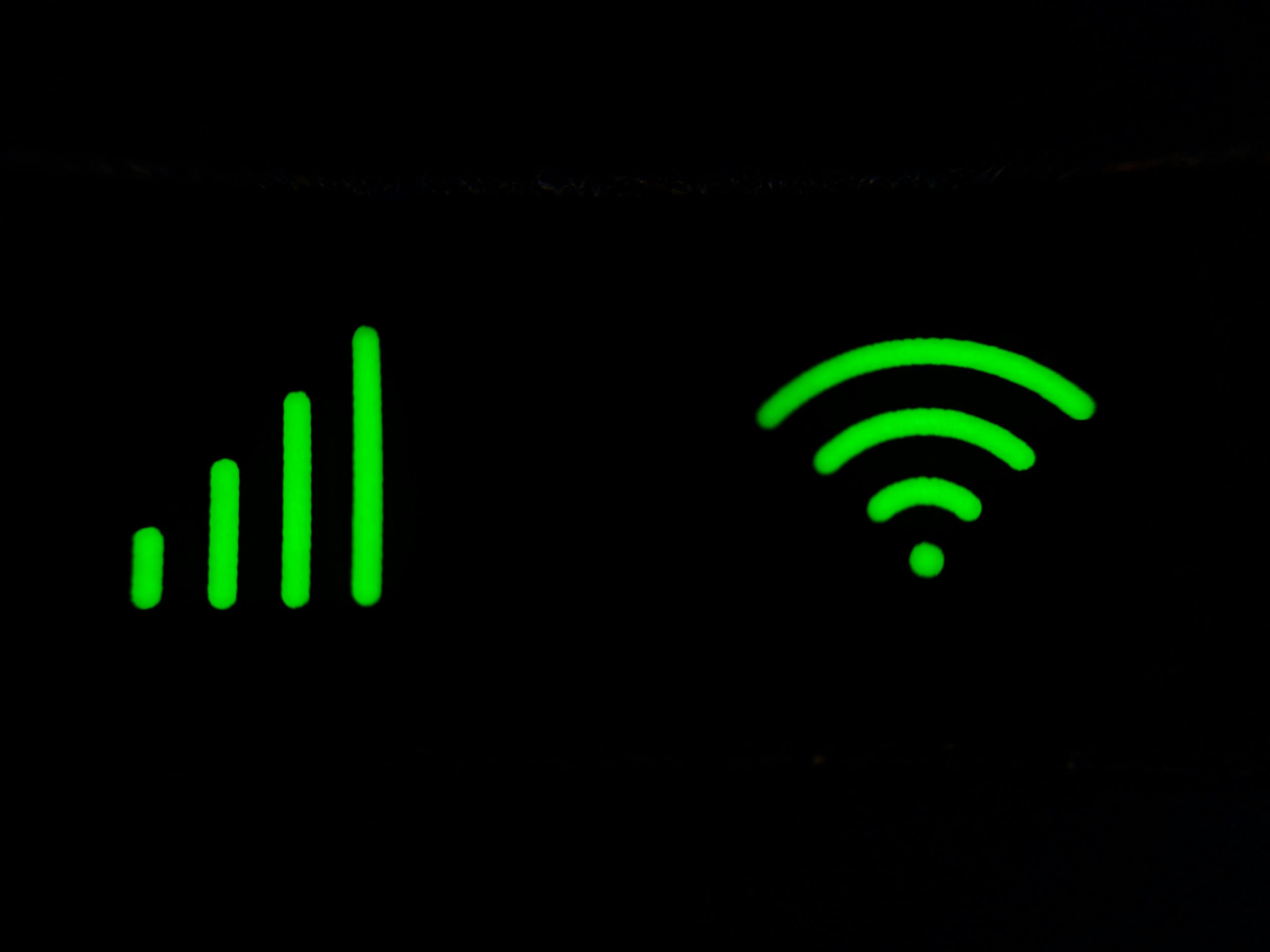Imagine settling in for a cozy night of binge-watching your favorite show, only to be met with the dreaded loading circle of doom. Frustrating, right? Internet outages are every modern-day individual’s nightmare, disrupting our seamless connection to the digital world within seconds. When faced with such a predicament, panic might set in as you wonder if it’s just you or an outage affecting your entire neighborhood. In this article, we delve into the essential steps and tools you can use to quickly determine if an internet service outage is indeed looming near you. Say goodbye to unnecessary stress and uncertainty – let’s empower ourselves with knowledge on how to check for internet service outages in your area!
Understanding Internet Service Outages
Internet service outages are like unexpected storms in the digital world, disrupting our virtual lives and leaving us stranded in a sea of connectivity issues. While we often take our seamless online existence for granted, these disruptions serve as stark reminders of the fragility of our interconnected world. Understanding the causes behind internet service outages can provide valuable insights into how we can navigate and mitigate their impact on our daily routines.
One overlooked aspect of internet service outages is the ripple effect they have on various sectors beyond just individual users. From e-commerce platforms to telecommunication networks and even emergency services, these interruptions can have far-reaching consequences that go beyond mere inconvenience. Embracing a proactive approach to monitoring and addressing potential outages can help communities stay resilient in the face of these digital roadblocks, ensuring smoother transitions during times of disruption.
 Checking Your Internet Connection Status
Checking Your Internet Connection Status
Have you ever been in the middle of an important video call or trying to submit a time-sensitive document online, only to be greeted by the dreaded No Internet Connection message? It’s frustrating, inconvenient, and can throw off your entire day. That’s why it’s essential to know how to quickly check your internet connection status to troubleshoot any issues that may arise.
One simple way to check your connection status is by looking at the Wi-Fi icon on your device. If it shows full bars or indicates a strong connection, then your internet is likely working fine. Another method is to open a web browser and try loading a webpage. If it loads quickly without any errors, then your connection is stable. These quick checks can help you determine if the issue lies with your device or if there might be a larger service outage in your area.
Being proactive about checking your internet connection status can save you from unnecessary frustration and downtime. By familiarizing yourself with these simple troubleshooting techniques, you can quickly identify and address connectivity issues as they arise. Remember, staying aware of your internet status is key to staying productive and connected in today’s digital world.
Utilizing Online Outage Detection Tools
In today’s hyper-connected world, being left without internet can feel like losing a lifeline. Thankfully, online outage detection tools have revolutionized the way we monitor and manage these disruptions. By utilizing these tools, users can instantly identify if an outage is widespread or localized to their area, allowing for more proactive responses.
One of the key benefits of online outage detection tools is the ability to receive real-time updates on service interruptions. This not only keeps users informed but also speeds up the resolution process as service providers are alerted promptly. Additionally, some advanced tools even offer predictive analytics, helping users anticipate potential outages based on historical data and patterns. This proactive approach empowers individuals and businesses to minimize downtime and better plan for contingencies in case of an outage.
Overall, leveraging online outage detection tools enhances our ability to navigate unexpected disruptions in our digital lives. By staying informed and prepared through these innovative technologies, we can mitigate the impact of outages and ensure a smoother online experience for all.
 Contacting Your Internet Service Provider
Contacting Your Internet Service Provider
When it comes to contacting your Internet Service Provider (ISP) during an outage, communication is key. Most ISPs offer multiple channels for reaching out, including phone support, online chat, and email. It’s important to have your account information handy when contacting them so they can quickly identify and address any issues.
If you’re experiencing an outage in your area, chances are others are too. Before reaching out to your ISP, check their website or social media channels for any updates on known outages in your area. This can save you time and provide valuable information about the extent of the issue.
Remember that patience is key when dealing with service outages. ISPs often work diligently to resolve issues as quickly as possible but may experience delays during peak times or widespread outages. By staying informed and maintaining open communication with your ISP, you can navigate service interruptions more effectively while ensuring a speedy resolution to the problem.
Reporting and Troubleshooting Tips
When it comes to reporting and troubleshooting internet service outages, communication is key. Make sure to reach out to your internet service provider as soon as you notice any issues, providing detailed information about the problem. Additionally, keeping track of any patterns or specific times when the outage occurs can help pinpoint the root cause more effectively.
In troubleshooting an internet outage, don’t forget to check all physical connections and equipment such as routers and modems before assuming it’s a widespread issue. Running diagnostic tests on your devices can also offer valuable insights into what might be causing the problem. Finally, staying updated on any local outages in your area through official channels or online forums can provide additional context for your troubleshooting efforts.
Remember that patience and persistence are essential when dealing with internet outages. By following these reporting and troubleshooting tips diligently, you’ll be better equipped to navigate through any connectivity challenges that may arise.
 Conclusion: Ensuring Connectivity in the Digital Age
Conclusion: Ensuring Connectivity in the Digital Age
In the fast-paced world we live in today, connectivity has become more than just a luxury—it’s a necessity. From working remotely to streaming our favorite shows, having a stable internet connection is crucial for almost every aspect of our daily lives. As we look towards the future, ensuring that everyone has access to reliable and affordable internet services should be a top priority.
The digital age has revolutionized the way we communicate, work, and learn. To bridge the gap between those who have easy access to internet services and those who don’t, efforts must be made at both individual and governmental levels. By advocating for policies that promote widespread connectivity and investing in infrastructure to expand coverage areas, we can ensure that no one is left behind in this increasingly interconnected world. Let’s work together to build a future where everyone can stay connected no matter where they are located on the map.


